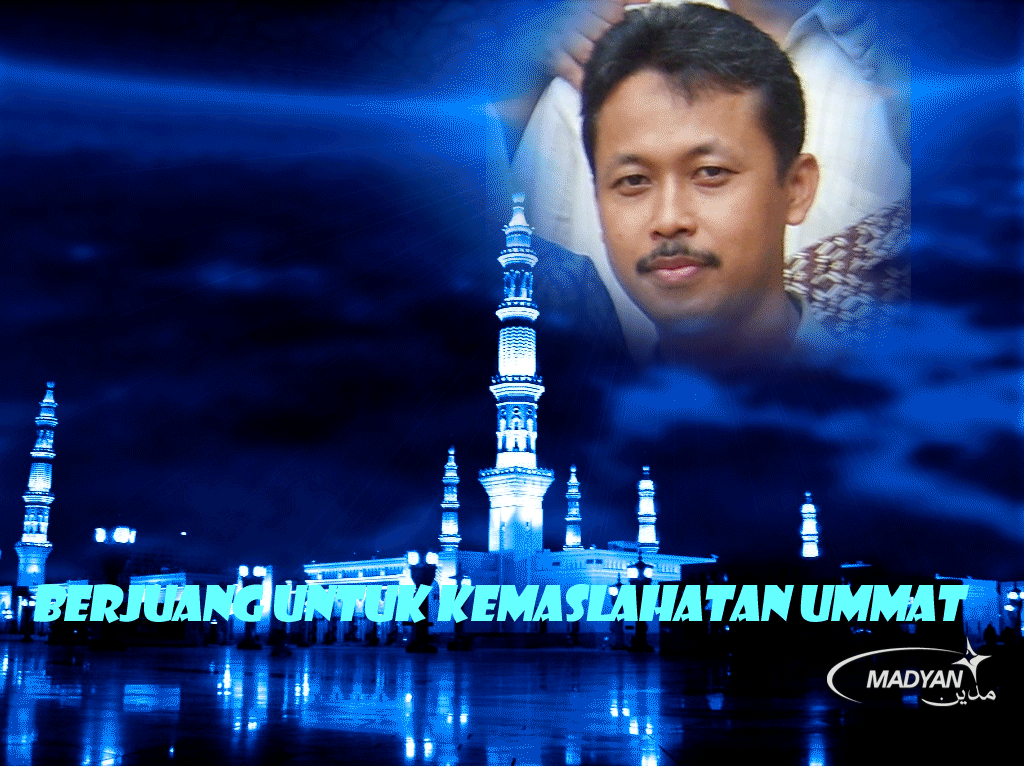
A successful operation of feedlot industry which is based on the fattened beef cattle (kereman) system is influenced by several factors. Therefore, the objective of this research is to identify the followings. (a) the feasibility of the feedlot industry using the fattened beef cattle system in terms of financial aspect, (b) a number of factors that affect the feedlot industry using the fattened beef cattle system; (c) the business trend of the feedlot industry for the last fifteen years; and (d) the sensitivity of cost structure in the feedlot industry.
In this research, sample is obtained by means of the Proportionate Stratified Multiple Stage Cluster Sampling method (Husein, 2001), that is (a) to select one village from the total population of village in the Bondowoso regency, (b) to select one hamlet/citizens association (RW) from the chosen village, (c) to determine the number of cattle raiser family respondent from the chosen hamlet Sample -1 and -2 are taken by using random sampling method, whereas sample -3 is obtained by means of Sampling Fraction per stratum method. The number of cattle raiser in the sub-district of Bondowoso is 214, and it is estimated that the number of the cattle raiser of the natural mating type is. 60% (128 raisers) and the number of the cattle raisers of the artificial insemination one is 40% (86 raisers). The required total sample is 70 cattle raisers, comprising local raisers amounting to 42 and raisers of the artificial insemination type amounting to 28.
In line with the results of the research and discussion, the conclusions are as follows: a). The feedlot industry which uses the fattened beef cattle system of both the artificial insemination and the natural mating variety is worth running/feasible. b) The change of breeding-stock price of the natural mating type is the most dominant factor affecting the feasibility of the feedlot industry. c). Several factors that influence the feedlot industry using the fattened beef cattle system include the age of cattle raiser, number of the raiser's family member, breeding stock, medicines, cattle feed, and labor cost. d). The production trend of fattened beef cattle during the last five years is increasing. e). The feedlot industry in the research area shows a high degree of feasibility, so that it is necessary for the government to improve the raisers' welfare by providing soft loan that will enable the raisers to develop their cattle raising. This is basically due to the fact that the existing cattle raising is self -financing (through commercial credit based). f) in order to maintain the stability of selling price of the beef cattle at the level of agricultural enterprise, it is suggested that the Local Government prohibit both legal and illegal import of beef. g). It is suggested that beef cattle raisers replace the feedlot industry of the natural mating type with the artificial insemination in view of its higher profit.
)* By: Hendri Widotono, S.Pt.,MP and drh. Didik Suhermanto, MP












Tidak ada komentar:
Posting Komentar